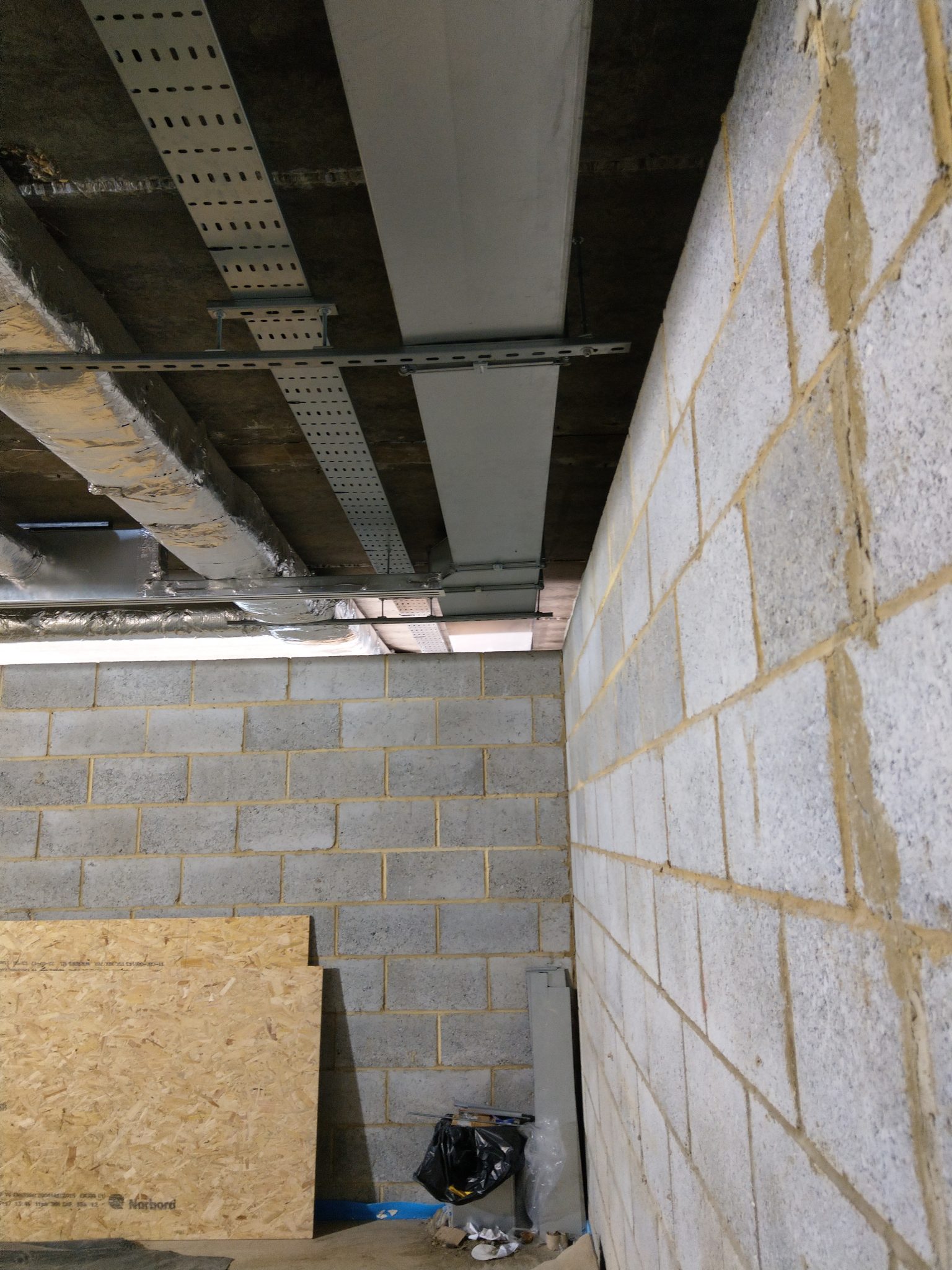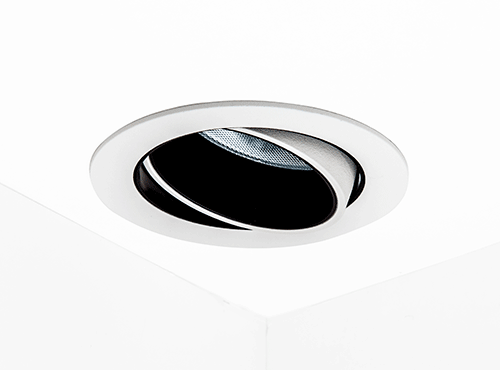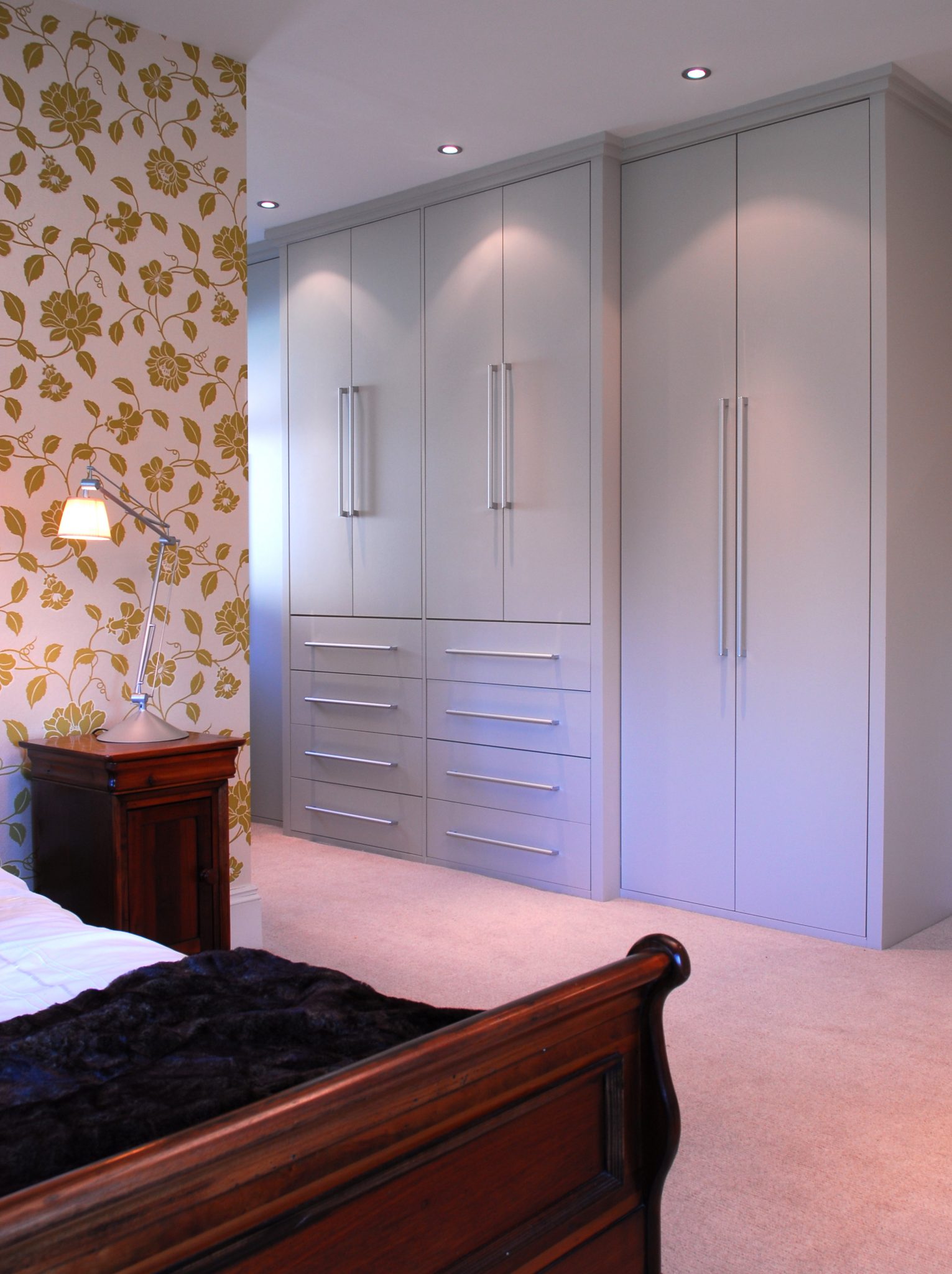Common downlight design mistakes
I’m on a roll with my “gotchas” – these are what I call the mistakes that people make with their lighting that can either “get them” when it’s not too late to change things (yay!). Or, when they get the lights on for the first time and it’s too late to change things (boo!). So, there are another few to stop you from getting got and these are all about ceiling downlights:
Death by downlight – grids of ceiling downlights everywhere. Not only is it boring to have the same lighting scheme in every room (and so housing estate developer standard dahlinks) but they also create bland, even lighting. If your electrician is one who calculates their price per connection they can also be expensive to install (on average around £50.00-£60.00 per connection – ouch).
Using fixed downlights instead of adjustable ones. I use adjustable downlights purposely on all my projects because of what they do for a lighting scheme. But, I always find that there will be one or more joists, parts of the metal frame in an MF ceiling, air conditioning ducts, etc. that are exactly where I wanted to put a downlight. With an MF ceiling, sometimes the frame can be changed but joists or A/C equipment usually can’t be moved. Here’s some troublesome A/C ducting that I’m currently having to work out how to deal with:

Having an adjustable downlighter means that you can just tweak the beam of light to where you need it instead of it just lighting the floor below.

Downlights above a bath – to me there’s nothing worse than lying in a bath to relax and being dazzled by downlighters above it. I get that they are useful for cleaning the bath but either dim them or put them on a separate switch so that you can turn them off to relax.
So that’s ditto above bedheads. It’s a hotel thing – they often put them above bedheads because it saves space on the bedside tables and means they can get away with not having any bedside table lamps if they want to. However, if you are planning to put them there for reading have a narrow beam so that you aren’t polluting both sides of the bed and put them on their own switch for each side of the bed. I only put them in on client request and so have only done this a couple of times in as many years as I can remember.
And that’s also ditto for home gyms. I used to use a local gym and every time that I was warming up, cooling down, doing yoga, etc. my eyeballs were being dried out by dozens of halogen downlights. I usually suggest wall lights or at the very least zoned downlights so that you can dim some down more than others or turn some off completely.
Some people really love the “scallop” effect that a row of downlights creates on a wall (or the cupboard doors, etc.). They must be located close enough to the wall to do that – the further away they are the more likely they are to only softly light the bottom area of the wall without creating the scallops and I’ve even seen them so badly done that they just light the floor (when I know they were supposed to light the wall). Here’s how do to it properly:

You may love that scallop effect, but do you want it creating a scallop shaped glare on your massive, expensive, wall-mounted TV? Either don’t put downlights in front of TVs at all or, I’m beginning to sound quite repetitive here, zone the downlights so that you can dim the ones near the TV right down or switch them off completely.
For TVs substitute the word, mirror!
My subject is so visual so I would have loved to fill this blog post with photos but as these are things that I just don’t do (unless my clients insist and then I just don’t want the photos) I don’t have any photos of these “effects” that I own the rights to.
If you know someone that is about to commit death by downlight or make any of the other mistakes, please pass this on to them.
